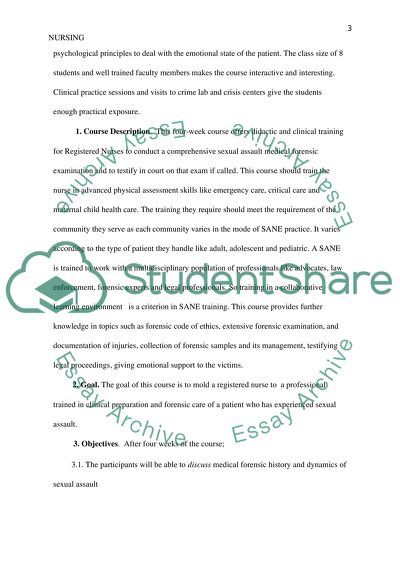Cite this document
(“Course Design Essay Example | Topics and Well Written Essays - 1500 words”, n.d.)
Course Design Essay Example | Topics and Well Written Essays - 1500 words. Retrieved from https://studentshare.org/nursing/1482898-course-design
Course Design Essay Example | Topics and Well Written Essays - 1500 words. Retrieved from https://studentshare.org/nursing/1482898-course-design
(Course Design Essay Example | Topics and Well Written Essays - 1500 Words)
Course Design Essay Example | Topics and Well Written Essays - 1500 Words. https://studentshare.org/nursing/1482898-course-design.
Course Design Essay Example | Topics and Well Written Essays - 1500 Words. https://studentshare.org/nursing/1482898-course-design.
“Course Design Essay Example | Topics and Well Written Essays - 1500 Words”, n.d. https://studentshare.org/nursing/1482898-course-design.


